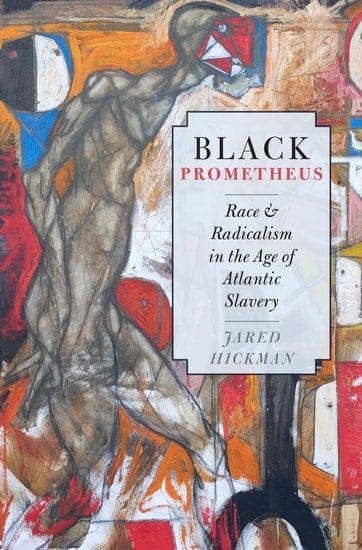
-
Jared Hickman
(author)
-
Oxford University Press ,2016
- Purchase Online
How did an ancient mythological figure who stole fire from the gods become a face of the modern, lending his name to trailblazing spaceships and radical publishing outfits alike? How did Prometheus come to represent a notion of civilizational progress through revolution–scientific, political, and spiritual–and thereby to center nothing less than a myth of modernity itself ? The answer Black Prometheus gives is that certain features of the myth–its geographical associations, iconography of bodily suffering, and function as a limit case in a long tradition of absolutist political theology–made it ripe for revival and reinvention in a historical moment in which freedom itself was racialized, in what was the Age both of Atlantic revolution and Atlantic slavery. Contained in the various incarnations of the modern Prometheus–whether in Mary Shelley’s esoteric novel, Frankenstein, Denmark Vesey’s real-world recruitment of slave rebels, or popular travelogues representing Muslim jihadists against the Russian empire in the Caucasus– is a profound debate about the means and ends of liberation in our globalized world. Tracing the titan’s rehabilitation and unprecedented exaltation in the eighteenth and nineteenth centuries across a range of genres and geographies turns out to provide a way to rethink the relationship between race, religion, and modernity and to interrogate the Eurocentric and secularist assumptions of our deepest intellectual traditions of critique.